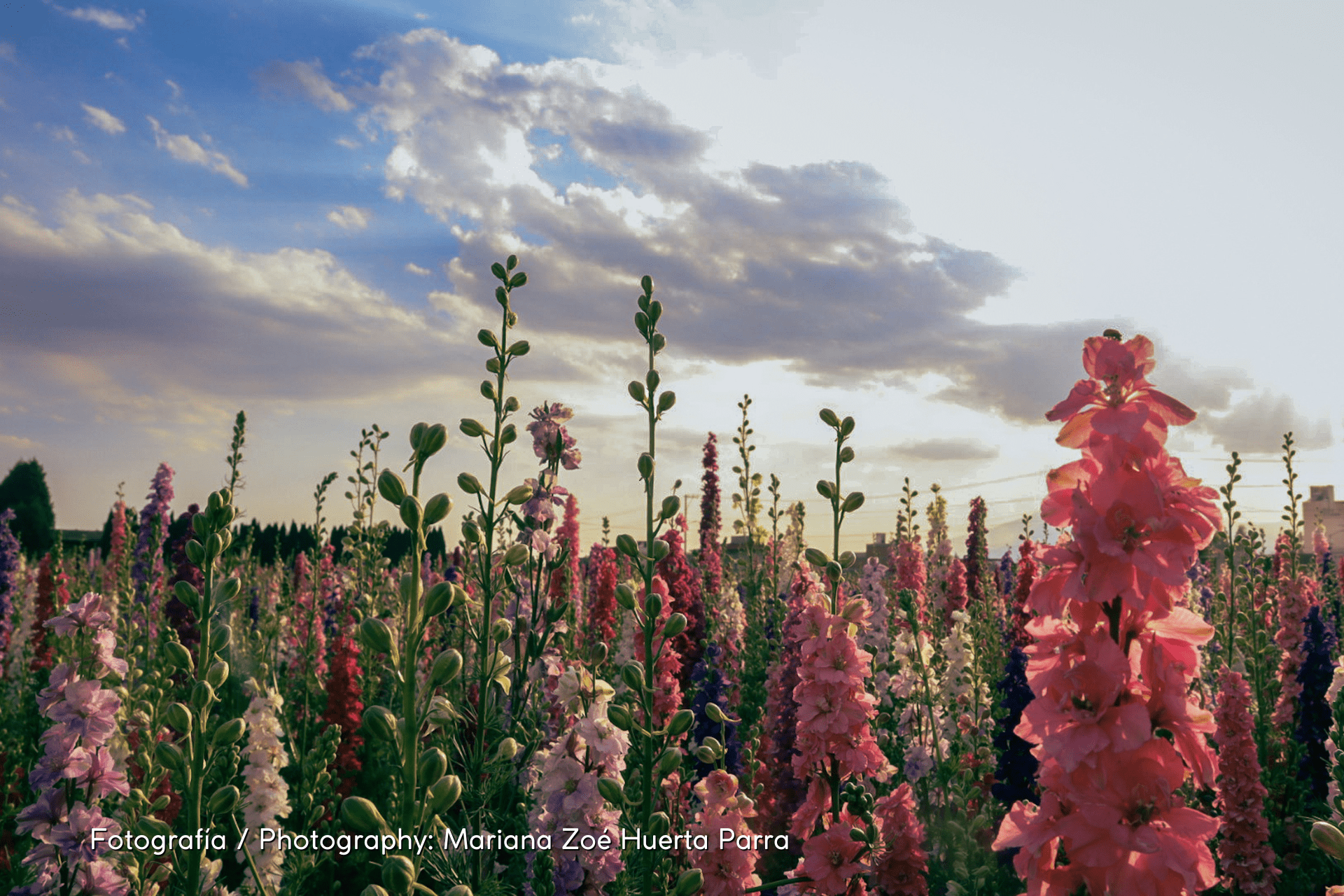
The floral landscape: between petals and meanings
Ivonne Walls speaks to us about how diversity of flowers is crucial for the health of people and the planet, in the article The Floral Landscape: Between petals and meanings.
The natural world gives us a rich palette of colors and shapes, and among its masterpieces is the floral landscape. This spectacle of nature not only delights our senses, but also holds deep meanings and symbolic connections to history and culture.
It is a magical world full of diversity, importance and impact on our lives that we can consider as “a landscape within a landscape”.
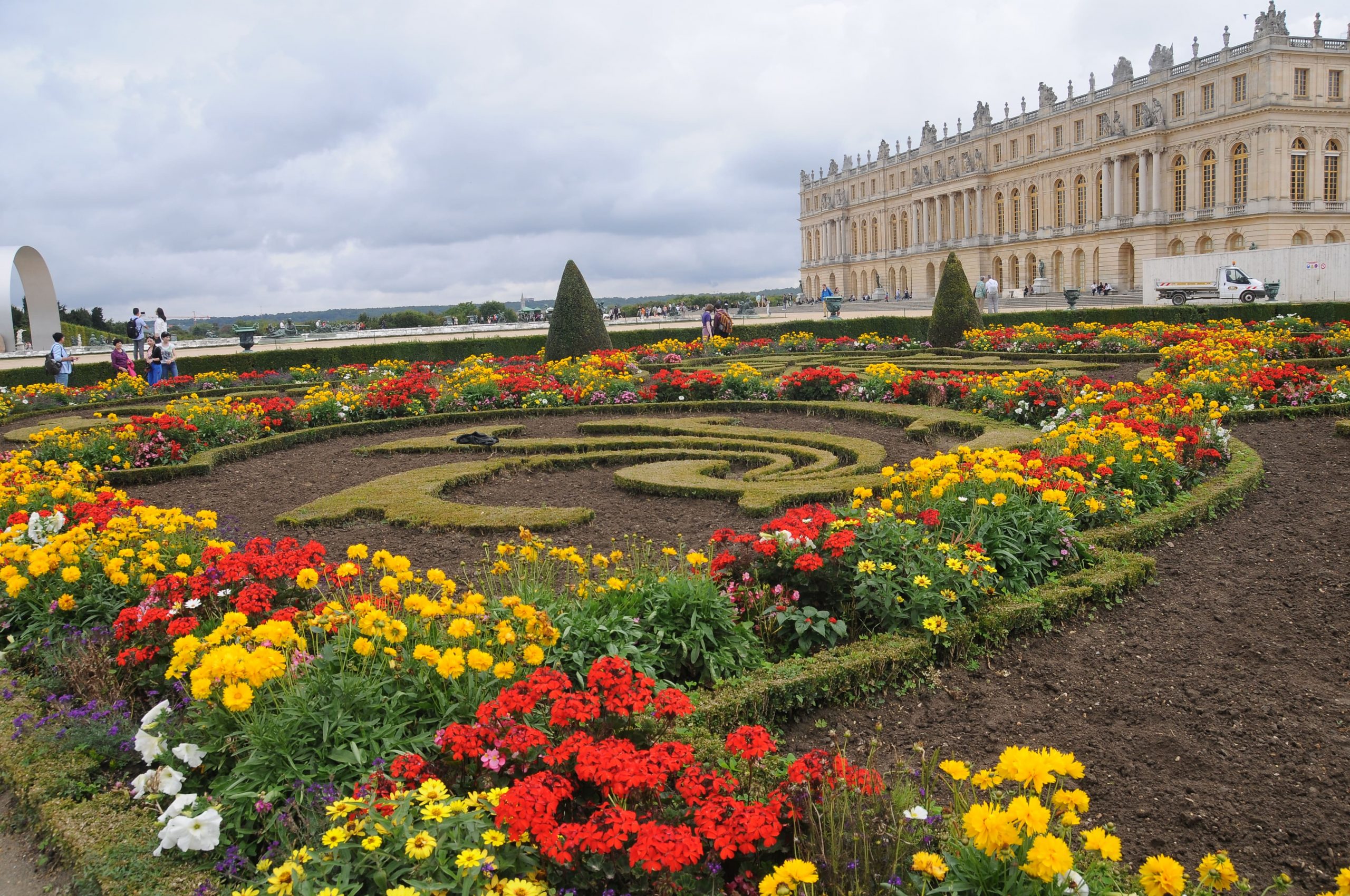
Versalles Gardens.
Photography: Joseolgon , CC BY-SA 4.0, via Wikimedia Commons.jpeg
Flowers as part of landscape design are elements that can give order, balance and meaning to a traditional view dominated by greens in the case of gardens and forests, by whites in the case of snowy landscapes and by ochres in desert areas.
From the vast fields of tulips in the Netherlands to the lush fields of lavender in French Provence, the floral landscape encompasses a surprising diversity of flowers and plants that become representative and main characters of each country.
Each region of the world has its own floral treasure, adapted to its specific climate and soil. The vibrant orchids in the rainforests, the sprawling sunflower fields under the Tuscan sun in Italy, the fields of gannets in Mexico, and the delicate cherry blossoms in Japan are just a few of the wonders that make up this vast natural canvas.
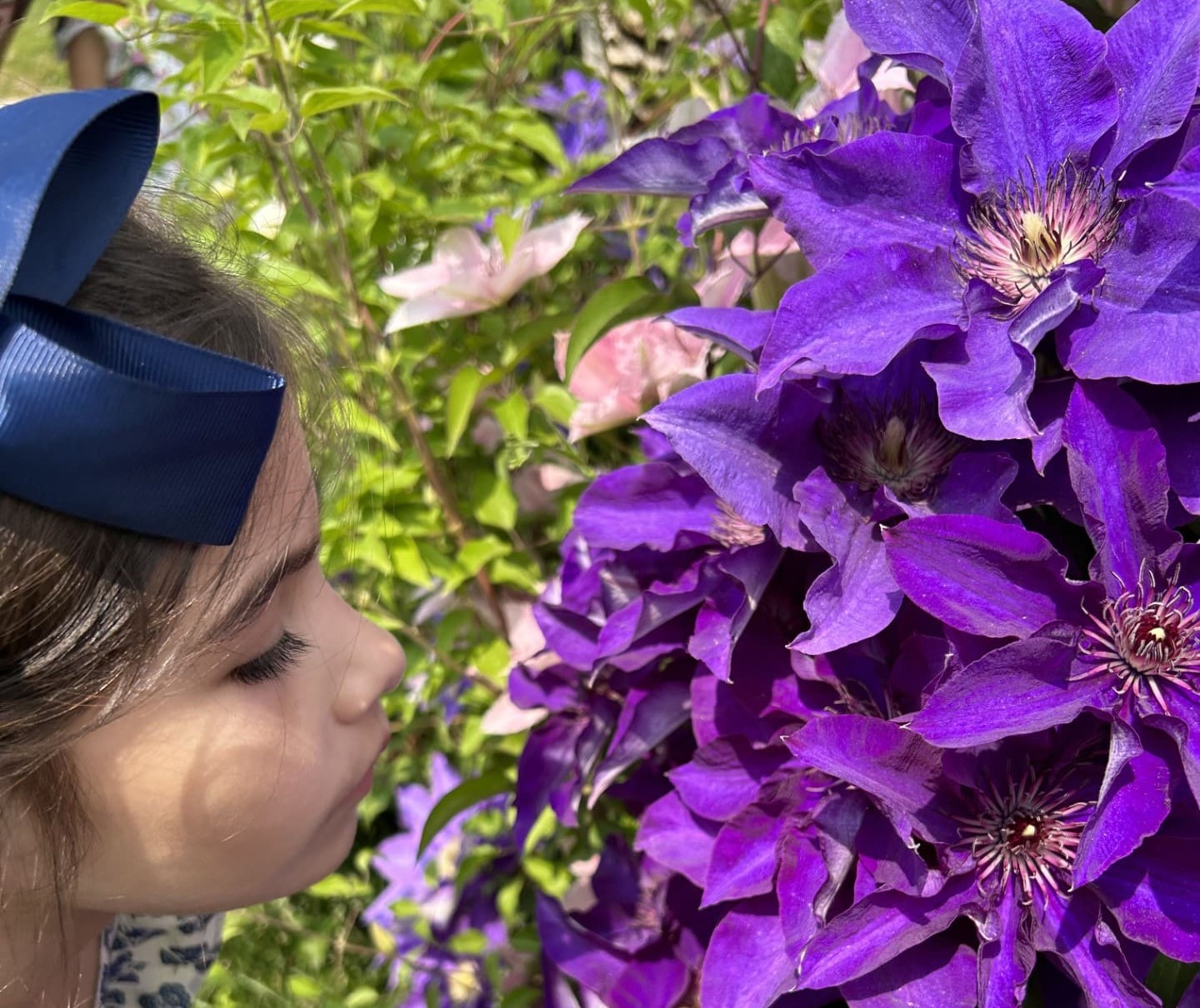
Smelling flowers.
Photography: Valentina Lara
In the gardens of Baroque palaces in France, England and other European countries, its function, although more decorative, allows to strengthen the geometric design of the flowerbeds and planters, accentuating and framing the architecture of the buildings, which adds a unique appeal to the spatial experience.
The biodiversity of floral landscapes is not only aesthetically stunning, but also plays a crucial role in the ecological balance. The flowers attract bees and butterflies, contributing to the pollination process and promoting the health of ecosystems.
In addition, many animal species rely on flowers as a food source, highlighting the vital interconnection between flora and fauna in these landscapes. But not only that, throughout history, flowers have played a prominent role in various cultures, being symbols of love, hope, mourning or even rebellion.
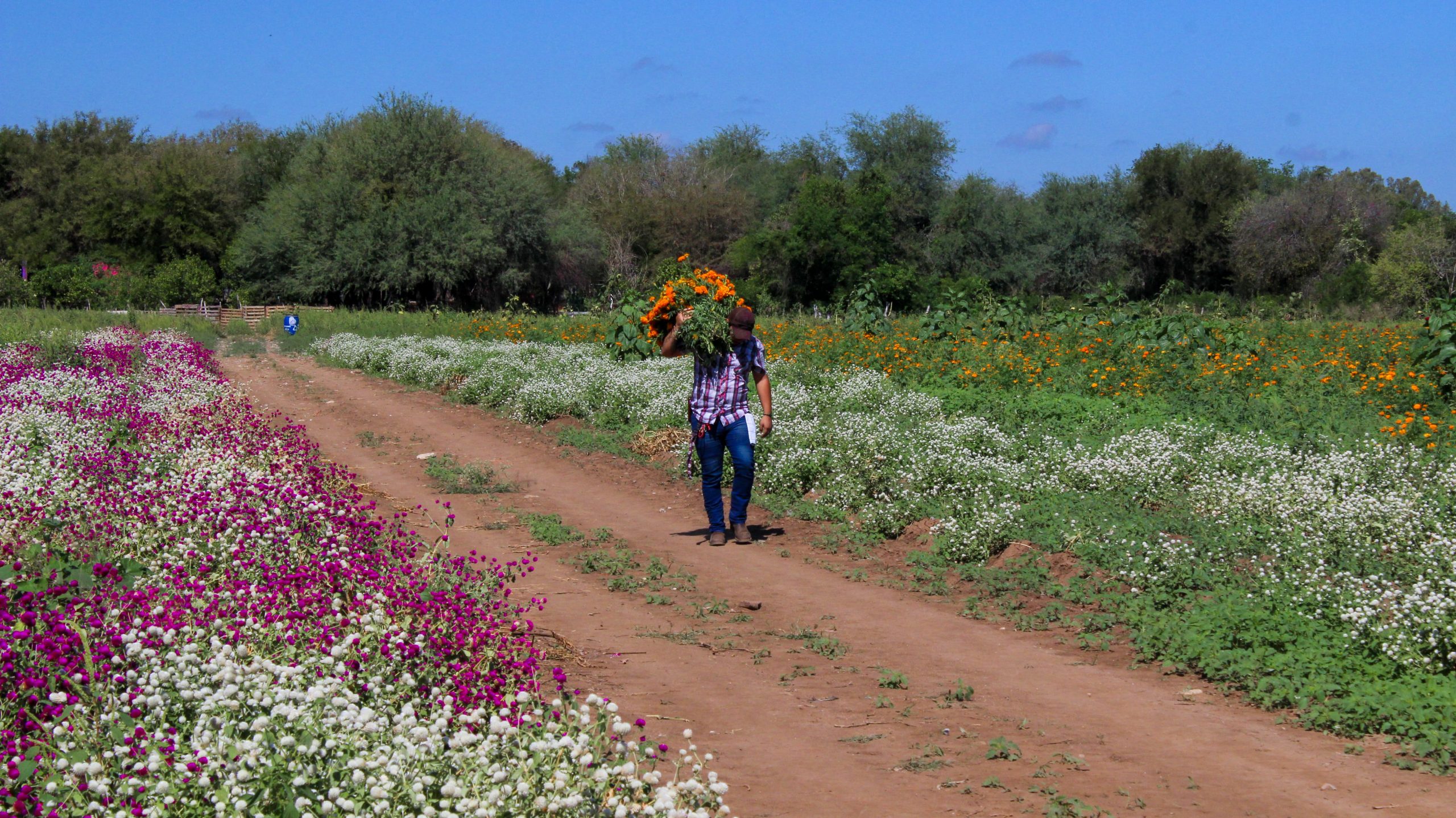
Harvest of the dead.
Photography: Victor Hugo Galarza Sánchez
Each flower carries with it a unique symbolic charge, conveying subtle messages and deep emotions. For example, in Japanese tradition, the cherry blossom symbolizes the transience of life, while, in Western culture, red roses are an emblem of passionate love, and in Mexico the marigold flower (cempasúchil in náhuatl) represents the light that guides the souls of the deceased back to earth during the Day of the Dead.
This reflects how flowers also have a cultural significance, essential to the identity of each place in the world. In the different arts, such as painting, literature, and poetry, the floral landscape has also served as an inexhaustible source of inspiration.
Artists such as Claude Monet have immortalized blooming gardens on their canvases, capturing the ephemeral beauty of nature, poets have woven verses that celebrate the delicacy of flowers by turning them into powerful metaphors that express a wide range of human emotions, and sculptors have carved them in stone making them immortal and eternal.
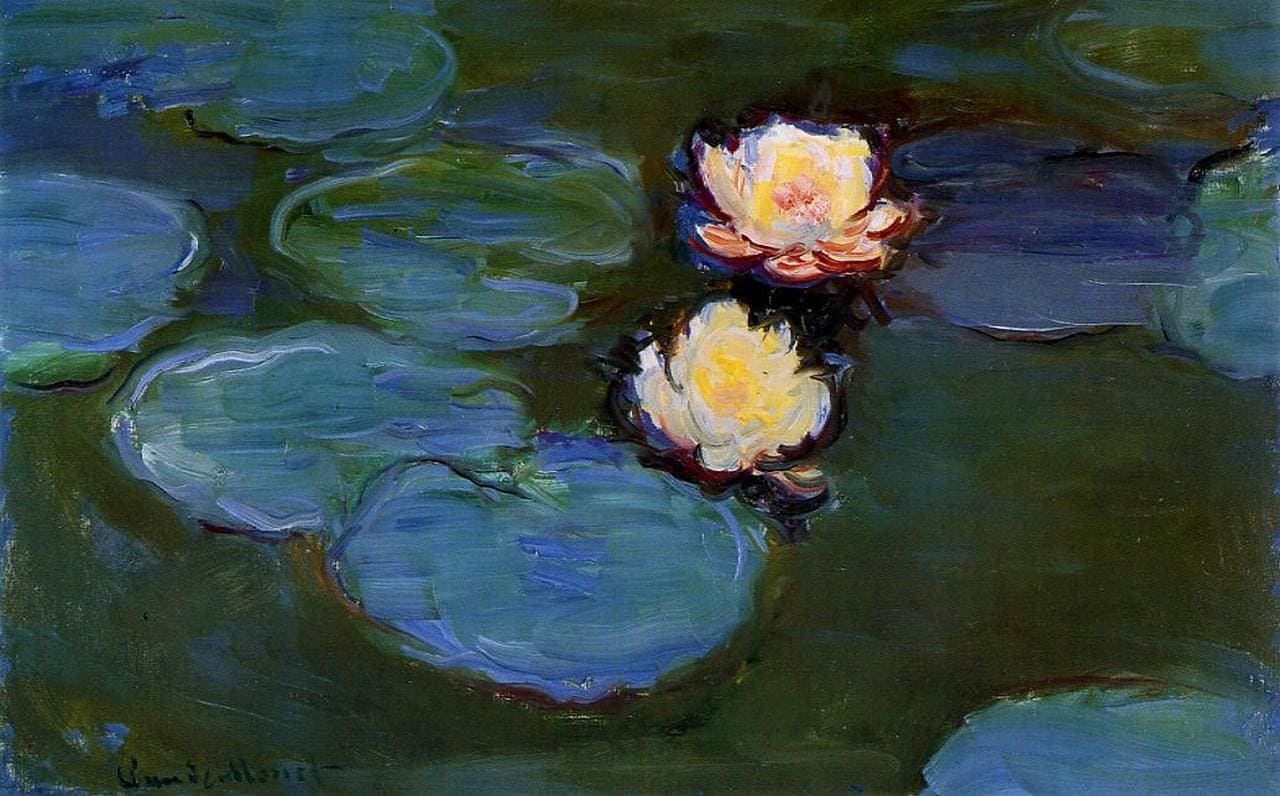
Claude Monet, Water Lilies.
Photography: CC BY 2.0, via Wikimedia Commons
In terms of the impact on human psychology, the connection between floral landscape and human well-being has been the subject of studies showing that the presence of flowers in natural, urban, and domestic settings has positive effects on mood and mental health. Seeing bright colors and natural shapes can reduce stress, increase creativity, and improve concentration.
In addition, it has been proven that planting, pruning or simply contemplating the flowers, generates a form of connection with nature that has a calming and restorative impact on human beings.
It is important to emphasize that the ancient practice of gardening has been recognized for its therapeutic benefits and medicinal effects, since the different elements of flowers have substances that have healing properties which, for centuries, have allowed people to use them to improve health and cure diseases.
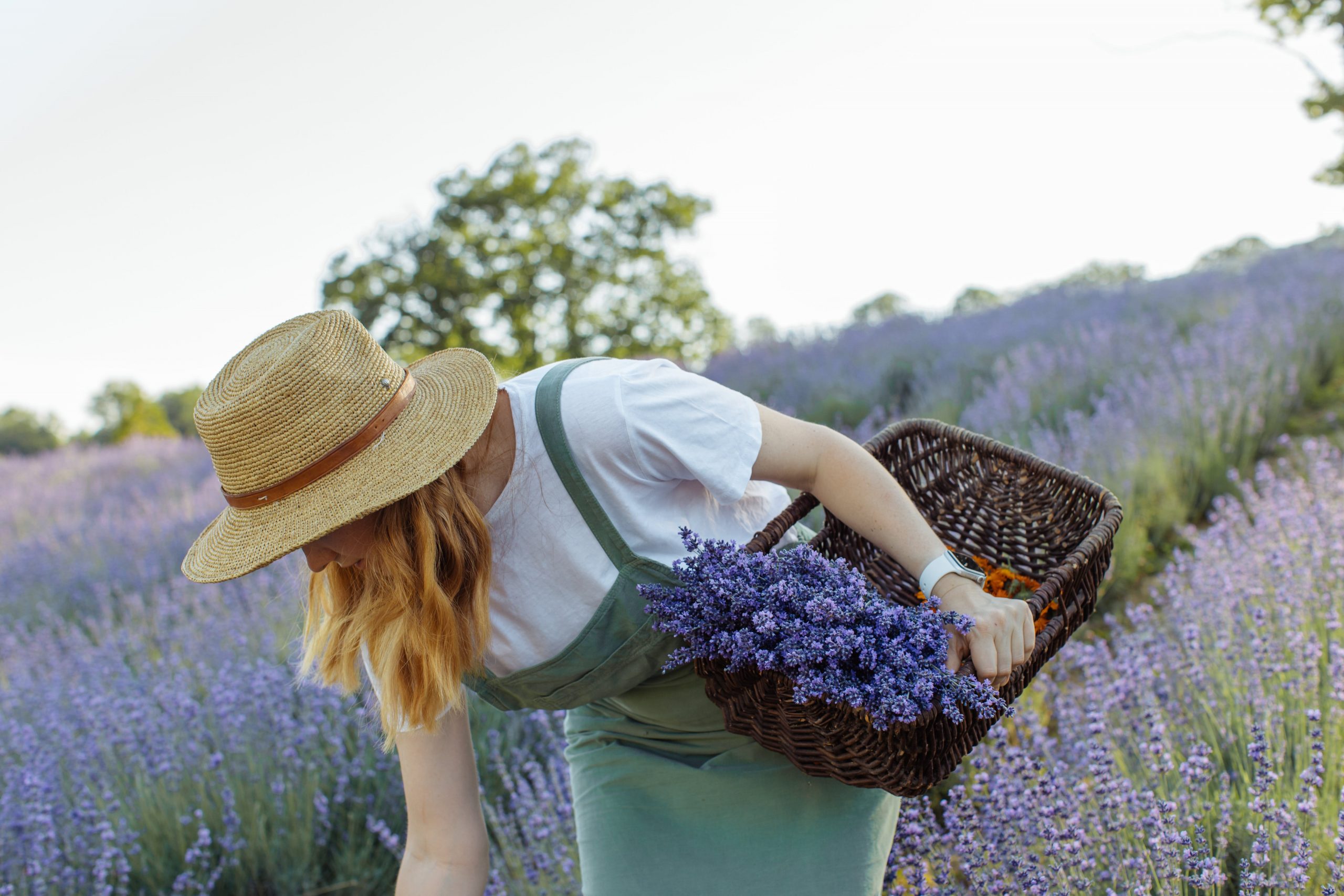
Lavender picking.
Photography: pexels-anastasia-shuraeva-5126962
Finally, despite the abundance of floral landscapes, they face several challenges in the modern era. Climate change, deforestation and pollution threaten biodiversity and the health of ecosystems leading to the loss of natural habitats, putting numerous species of flowers and plants at risk, some of which could disappear before we have even had a chance to fully appreciate them.
In conclusion, the floral landscape is not only a breathtaking display of nature, but also a cultural, symbolic, and therapeutic treasure. The diversity of flowers and plants around the world not only enriches our lives visually and aesthetically, but also plays a crucial role in maintaining the health of people and the planet they inhabit.
By preserving and appreciating these natural treasures, we not only honor the rich cultural history of the countries, but ensure that future generations can enjoy the timeless wonder of living and experiencing a floral landscape.
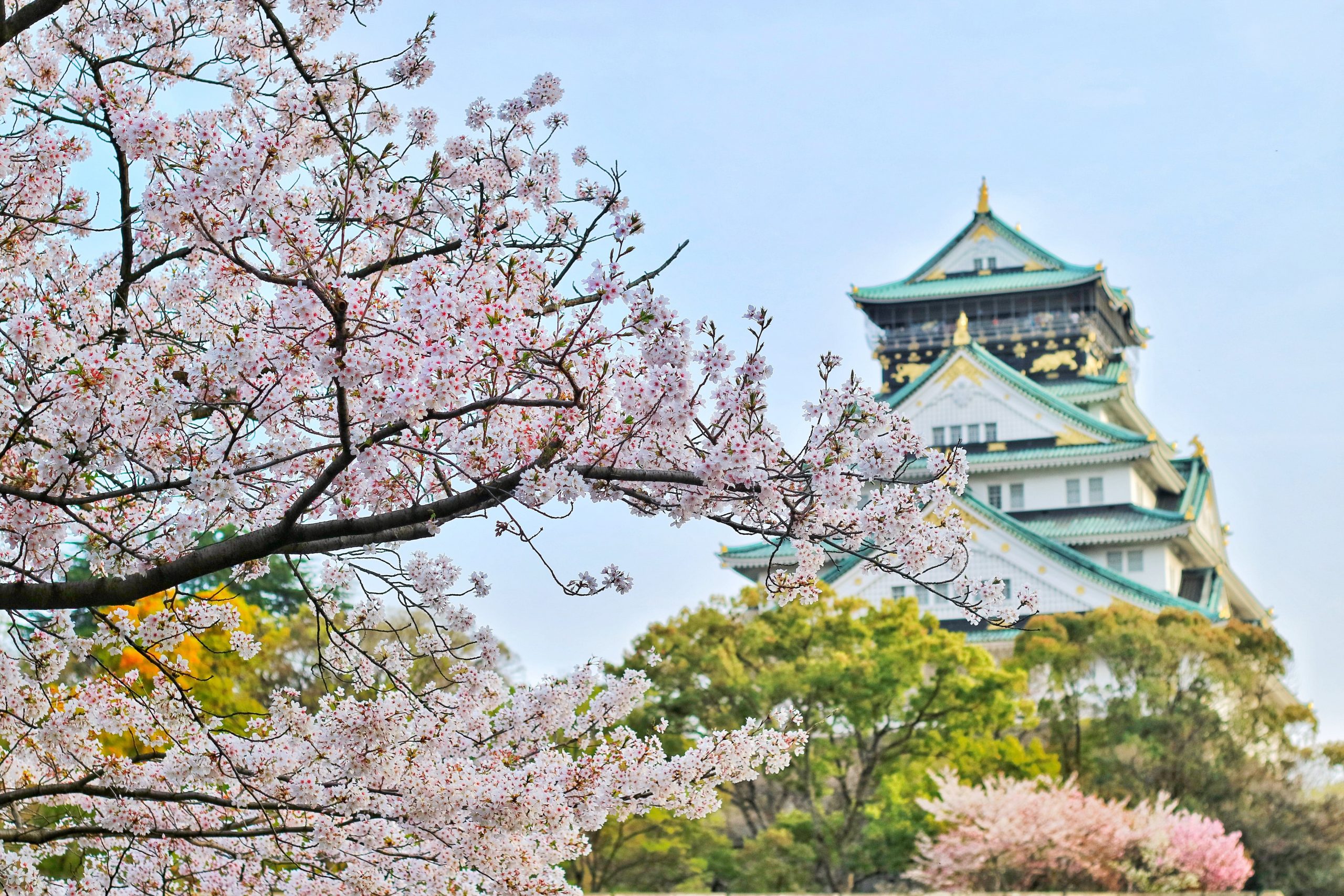
Japanese cherry blossom tree.
Photography: pexels-bagus-pangestu-1440476
The conservation of these landscapes is not only essential to preserve the natural beauty of the world, but also to maintain ecological balance and protect biological diversity. Global and local initiatives are working hard to address these challenges, promoting sustainability, and raising awareness about the importance of caring for our natural environment.
“The floral landscape is not only a breathtaking display of nature, but also a cultural, symbolic, and therapeutic treasure.”











